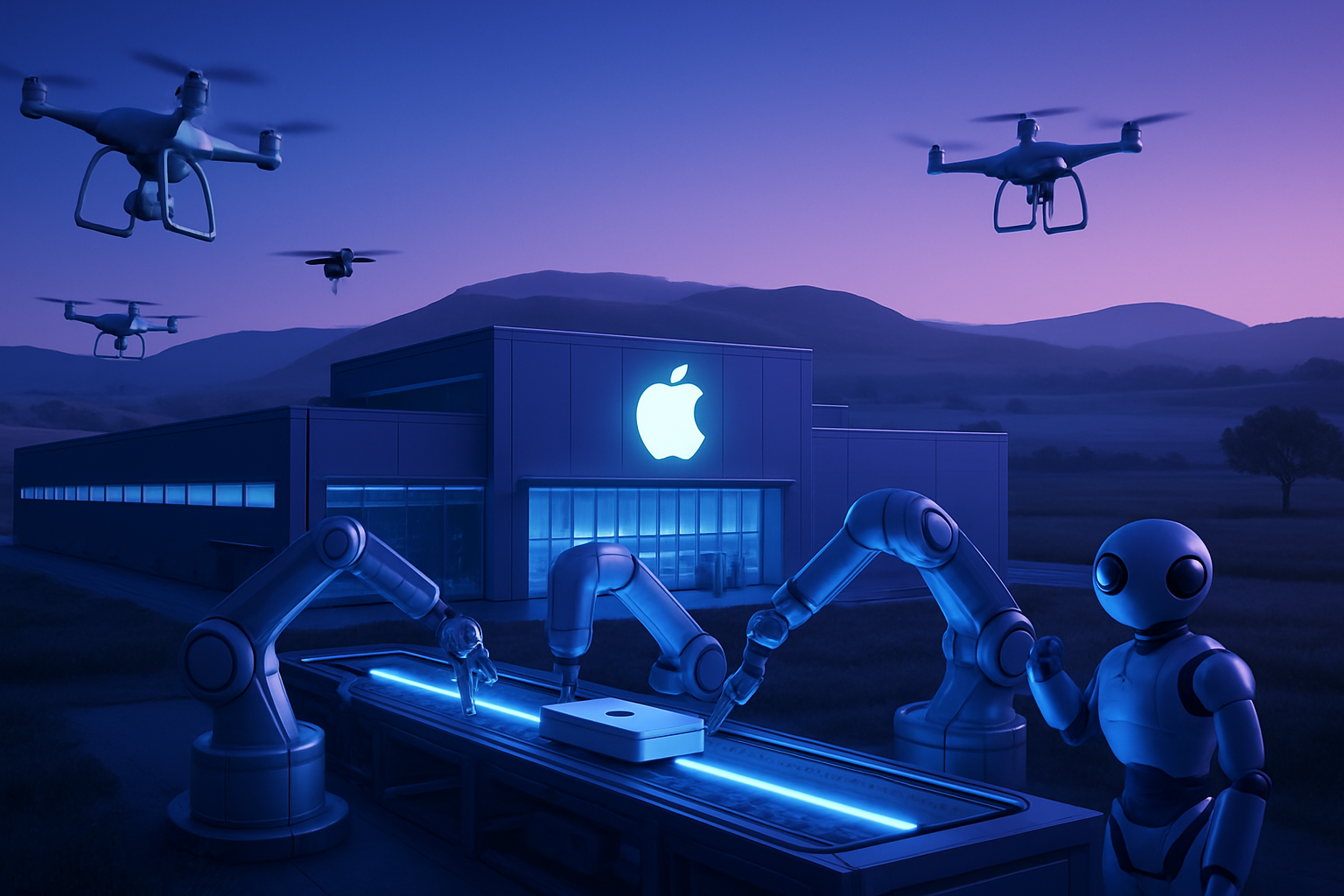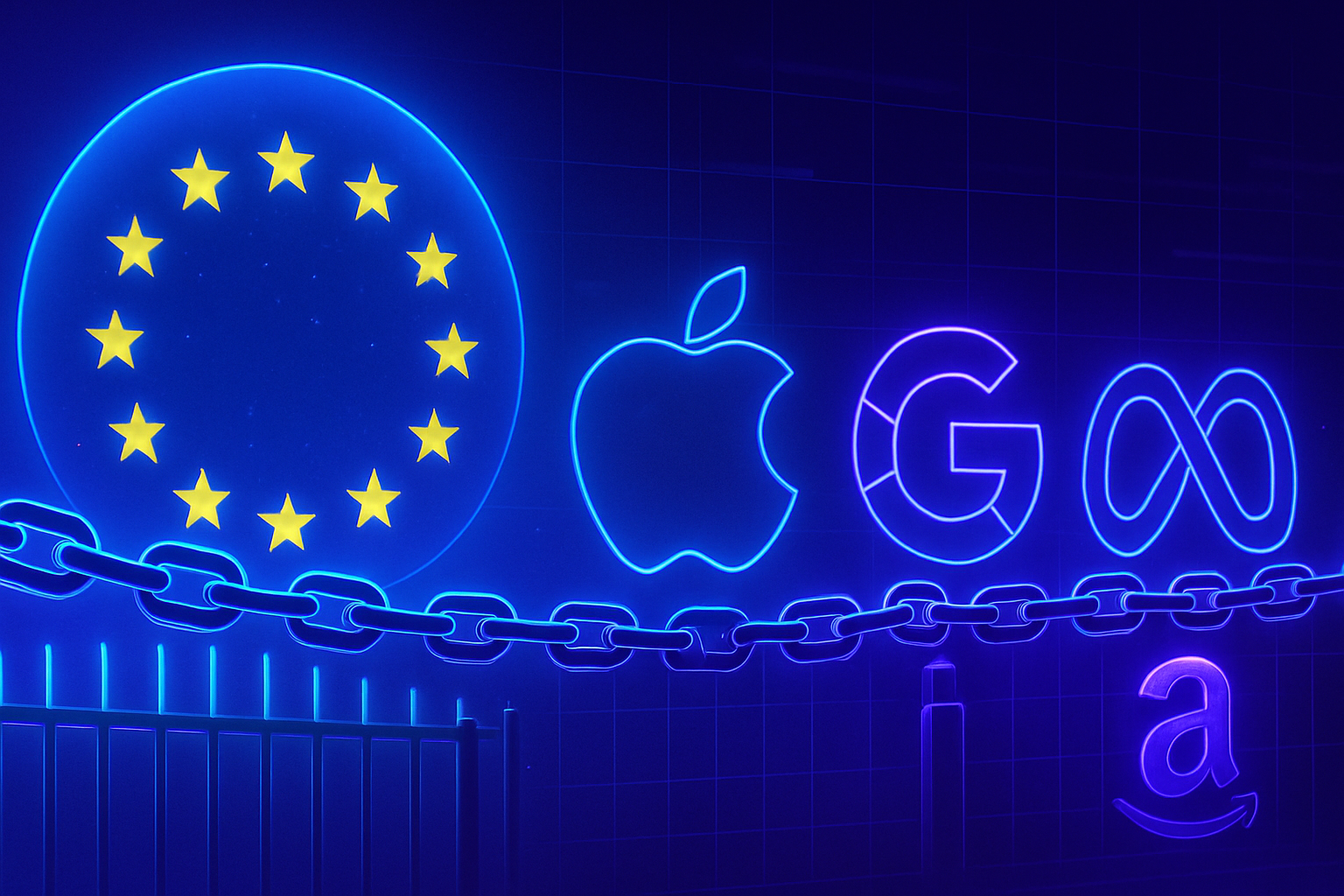New concepts emanate from an intellectual aperitif, an ephemeral and captivating sensation. These ideas, far more than a mere innovation, resonate with our experiences. Their emergence comes with profound stakes on our perception and daily choices.
Redefining our understanding of the world is the imperative in the face of this wealth of information. This intellectual journey stimulates an insatiable curiosity and allows the emergence of innovative solutions.
The quest for enriching knowledge takes on a precious character, open to those who wish to transcend the boundaries of conventional thinking. Encounters with these rarely seen ideas transform our vision, propelling our engagement towards a future vibrant with unexpected opportunities.
A fascinating meeting of taste and ideas
The intense pleasure felt during the first tasting of a Levain cookie, both crispy and melting, resonates with numerous intellectual discoveries. Behavioral economist Sendhil Mullainathan draws a tasty parallel between the sensory experience and the emergence of new ideas. For him, the satisfaction derived from tasting a cookie is akin to that of exploring a new concept in research.
A unique vision of reality
Mullainathan has always perceived the world through a distinct lens. As a schoolboy, faced with multiple-choice questions, the answers seemed to offer a range of possibilities rather than just the quest for a single correct option. His way of thinking, described as “out of phase”, has shaped his academic and professional views.
His intellectual sensitivity has led him to explore the field of behavioral economics, whose foundations often differ from traditional models. Mullainathan expresses his awe at the human complexities and the often irrational behaviors that influence economic decision-making.
The impact of economic insecurity
A defining experience from his childhood catalyzed his interest in financial insecurity. Around the age of ten, his family faced a crisis when his father, an engineer, lost his job due to new regulations. This awakened in him an early understanding of economic vicissitudes. Mullainathan asserts that this experience made him realize that there is no such thing as economic stability.
The paths taken by his family, linking a video store to various small businesses, are just one aspect of his academic rise. At Cornell, he deepened his knowledge in computer science and economics, while being drawn to the intriguing dynamics of behavioral economics, which was then marginalized.
A significant contribution to research
In 2013, Mullainathan published a landmark study in the journal Science. His article, titled “Poverty Impairs Cognitive Function”, establishes a clear link between economic insecurity and cognitive performance. The example of sugarcane farmers, facing major financial challenges, illustrates how decisions can be altered by external factors.
The findings had profound implications for economic policies, raising awareness among policymakers of the importance of accessible program design. Mullainathan emphasizes that even though policies are difficult to change, this has sparked awareness within design processes.
The symbiosis of artificial intelligence and behavioral economics
Back at MIT, Mullainathan focuses his research on the interaction between artificial intelligence technologies and behavioral economics principles. He envisions an AI application allowing decision-makers to access a “mean” version of their judgment, less influenced by fleeting personal factors.
This vision paves the way for significant advancements in how AI can enrich our understanding of human behavior. The creation of innovative software solutions could showcase human ingenuity in solving complex problems.
Future perspectives
Mullainathan expresses optimism about future discoveries. According to him, the synergy between a refined perception of humanity and mastery of algorithms could lead to revolutionary breakthroughs within the framework of behavioral sciences. This inseparable quest for idea and innovation defines the current landscape of research.
As initiatives such as the Shopify AI strategy or the MIT-Portugal program propel this dynamic, the anticipation of new designs intensifies, promising to redefine our understanding of human behaviors.
Contemporary approaches to integrating artificial intelligence into various fields underscore the need for a reassessment of established norms. This could revolutionize our approach to the economy and how algorithms can enhance decision-making. Recent examples, including the enthusiasm for AI in China, illustrate this major trend in the global economic landscape.
Frequently Asked Questions
What is the importance of discovering new ideas?
Discovering new ideas is crucial as it stimulates our creativity, allows us to approach problems from new angles, and nurtures our intellectual curiosity.
How can we assess whether an idea is truly innovative?
An idea is considered innovative if it provides an original perspective, solves an existing problem uniquely, or inspires positive change in our ways of thinking.
What are effective means of encouraging the emergence of new ideas?
Encouraging collaboration, participating in open discussions, practicing non-judgmental brainstorming, and exploring different areas of interest are effective methods for fostering the emergence of new ideas.
Why do some ideas generate more excitement than others?
Some ideas elicit more excitement due to their cultural relevance, potential impact, or ability to solve pressing problems, thereby creating strong emotional engagement.
What role does the environment play in generating new ideas?
The environment plays a fundamental role; a stimulating, collaborative, and diverse setting encourages innovation and creativity, while a restrictive environment can hinder creative thinking.
How can we overcome creative block when searching for new ideas?
There are several strategies to overcome creative block, such as temporarily changing activities, turning to external inspirations, or practicing relaxation techniques to calm the mind.
What method can we adopt to test the viability of a new idea?
To test the viability of a new idea, it is essential to gather feedback through prototypes, surveys, or market studies to assess interest and potential acceptance.
How can a new idea contribute to societal innovation?
A new idea can contribute to societal innovation by offering new solutions to existing problems, improving quality of life, or transforming traditional ways of thinking.
What is the relationship between risk and innovation in the idea process?
Risk is intrinsically linked to innovation; taking calculated risks is often necessary to explore new ideas that can lead to significant progress.
How can we capture and realize a moment of inspiration when the idea arises?
It is important to capture a moment of inspiration by immediately noting the idea, expressing it in different formats (written, visual), and engaging with others to further develop these concepts.






